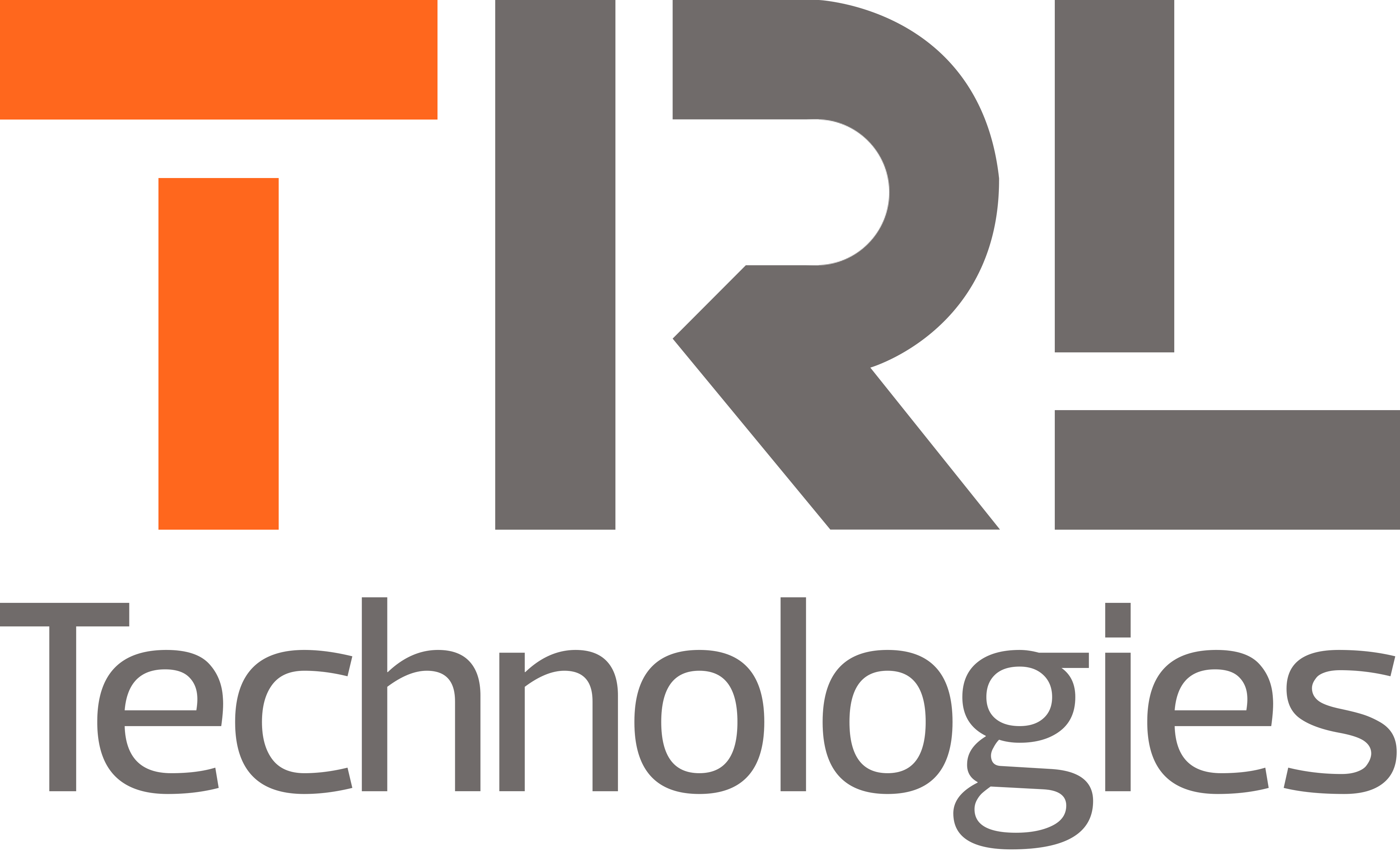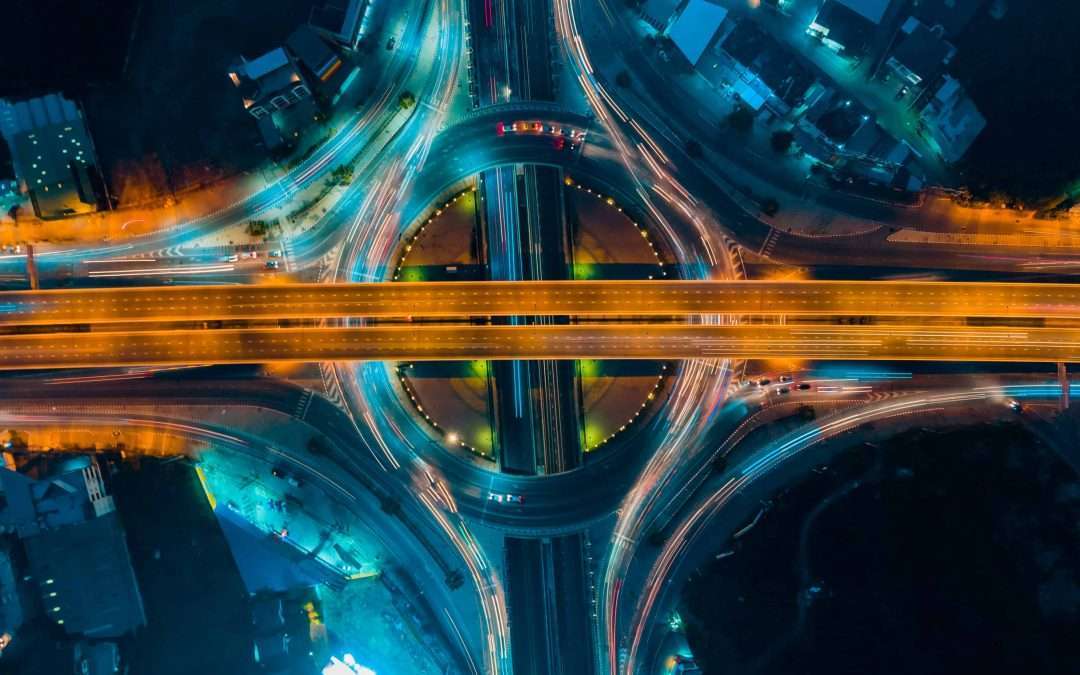India has the second largest road network in the world comprising national highways, expressways, state highways, and district & PWD roads. Even with the economic slowdown during the pandemic, the nation constructed 13,298 km of highways in FY21 (IBEF) and plans to construct an additional 25,000 km of roads in FY23 making the budget allocation a whopping 1.34 trillion. Additionally, the Ministry of Road and transport has allocated Rs2,586 crore towards the maintenance of roads and highways (PRSI).
India builds some the largest and the most valuable road network assets in the world. It’s important for a country with an asset base this massive to follow the best Asset Management practices available globally. In this context, the revolutionary, ready-to-deploy Road Asset Management software iROADS from TRL is an invaluable tool.
iROADS is a sophisticated infrastructure asset management system and decision-making tool for all infrastructure assets, delivering a single solution software tool for asset owners and operators. TRL Technologies India Private Limited (a joint venture between TRL UK and Experion Technologies India) makes this software solution accessible to the globe. The ingenious tool helps in the management of road assets with optimum maintenance and utilization of funds.
TRL supports over hundreds of clients across more than 50 countries with road safety, vehicle safety, crash investigation, road asset management, intelligent transport systems and sustainability and healthy mobility. The solutions support design, implementation and management of safe and reliable road transport networks, and are being used by hundreds of road agencies, consultants and engineers worldwide. TRL’s international experience, particularly the implementations in the UK, Africa and Asia, has proven that the iROADS Asset Management System can result in significant optimization of road maintenance costs while ensuring a well maintained road network and road assets. iROADS has also found applications in the entirety of the English Strategic Route Network – representing approx. £80bn of UK infrastructure, replacing their highly complex HAPMS pavement management system.
Nearer home, the Kerala Public Works Department (PWD), which manages the road networks of Kerala including highways and local roads, was struggling with an outdated road management system. By adopting iROADS on 7,000 kilometres of its core road network, the department has moved to development of road maintenance plans derived from real time road condition information. Though the implementation of iROADS, PWD has digitised 31,000 km of road network along with capture and storage of inventory and condition data pertaining all roads, bridges and culverts. iROADS now enables PWD to do away with ad-hoc decision making in developing road schemes and move to a process of developing road development and maintenance schemes based on traffic, road condition and climate information paving way to build a safe and resilient road network.
Through the implementation of a citizen feedback mobile app along with iROADS, PWD witnessed a 99% increase in the reporting of issues and an 83% improvement in wait time to resolve the matters raised. The department has moved to a road user centric model wherein the road condition issues are captured by the public through the citizen mobile app (part of iROADS), with the department providing quick feedback to the citizens on planned actions to address the issues raised. The PWD4U Public Mobile APP was launched by the Kerala PWD to ensure public participation in road asset management, and it helped in automated asset inspection and data collection. The app has so far been downloaded by 90,000 users since its launch in June 2021 and around 24,000 (as of September 2022) issues pertaining to road maintenance have been raised by the public, enabling quick and efficient PWD responses and resolutions -usually within three days.
With iROADS, road agencies has a web application which can store inventory and condition information pertaining to all assets within the right of way including pavements, earthworks, footpaths, streetlights, drains, crash barriers, road furniture, bridges and culverts. The programme analysis within iROADS enables road agencies to develop maintenance schemes of all assets taking into account the level of deterioration and challenges raising from climate change. Since the recent implementations in India and the UK, iROADS has become even better-equipped for road management with innovative functionalities to improve user experience and product capabilities. New features have been rolled out at a bigger scale than earlier iterations – the application now allows more users and larger data volumes; it also boasts of faster performance in addition to better connectivity and real-time sensor data integration from live camera feeds or AI-generated object detection data. The improved application can now underpin the full integration of any spatial data that
customers want to use within the system and simultaneously support all major spatial file formats. With its easy user interface, users don’t need any prior expertise in using spatial data.
Elaborating on this, John Proust, TRL Software’s Product Owner for iROADS, remarked that the customers can bring new datasets to use alongside all the other asset data that iROADS already handles. By mapping the data into real-world situations, road authorities can chart the locations of schools, hospitals, or petrol stations, and prioritise maintenance on routes to those locations. They could also bring in flood -risk zone maps to understand which parts of their road network are most at risk, he added. He identified data as the driver of effective management and envisaged iROADS ultimately generating maximum value from data for customers and enabling them to benefit directly from new technologies.
The public can now be active participants in road management by giving real-time prompts on road infrastructure issues by using the iROADS Public Mobile App. Furthermore, using the feature of Survey Route Builder, users can plot road maintenance and monitoring routes that can be collated with asset surveyors (whether in-house or contracted) for better outcomes, making the update beneficial to all stakeholders working on road networks.
The software also has improved mapping display responsiveness – a more streamlined interface and simpler integration with external systems through Open APIs (Application Programme Interfaces). Moreover, New Data Staging and Change Tracking features give administrators greater control over data coming into the system and provide a full audit trail. These novel features let users visualise, combine, and analyse data with graph representation in a live execution environment which will pave way for better applications and added advantages.
Stressing the merits of the revamped application, Head of Product Management, Subu Kamal said users will experience ease in asset management since the additions are aimed to eliminate the challenges that customers faced around high costs and dated technologies that do not scale. TRL crafted a digital solution that is simpler, fully scalable, and truly global – meeting the needs of different customer segments from the US to the UK and India to Australia. In fact, TRL’s Smart Mobility Living Lab (SMLL) uses integrated intelligent camera feeds and object-detection data within iROADS to leverage new capabilities related to real-
time sensor and asset data usage.
With the road sector getting a lion’s share of budget allocation under the Prime Minister’s Gati Shakti – the 100 trillion multi-model connectivity scheme – the importance of roadways in sustaining the Indian economy and triggering development is undebatable. The successful implementation and adaptation of iROADS in India will give Indian taxpayers a channel to become part of the solution and spare the Government extra expenditure on road maintenance.

